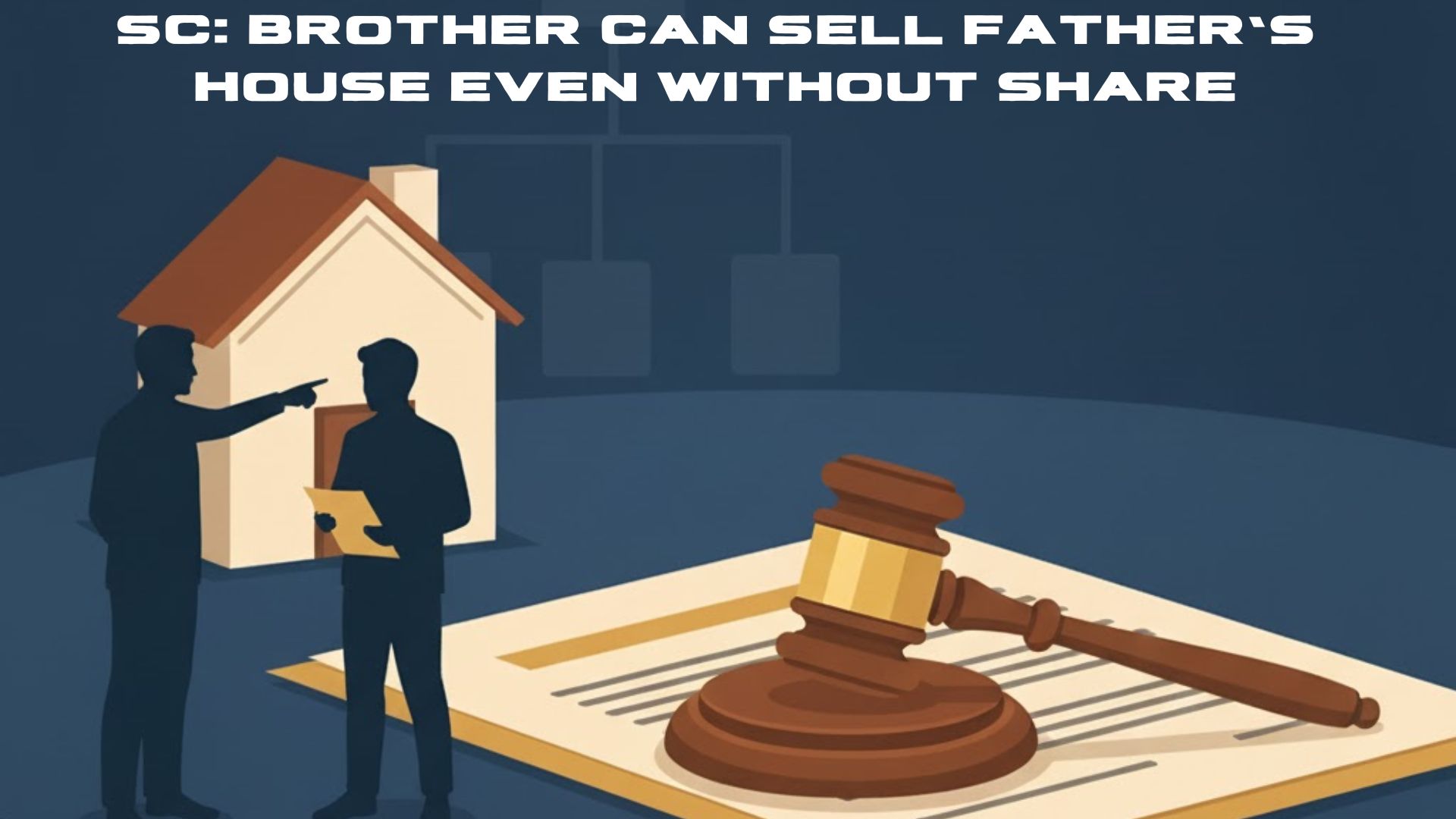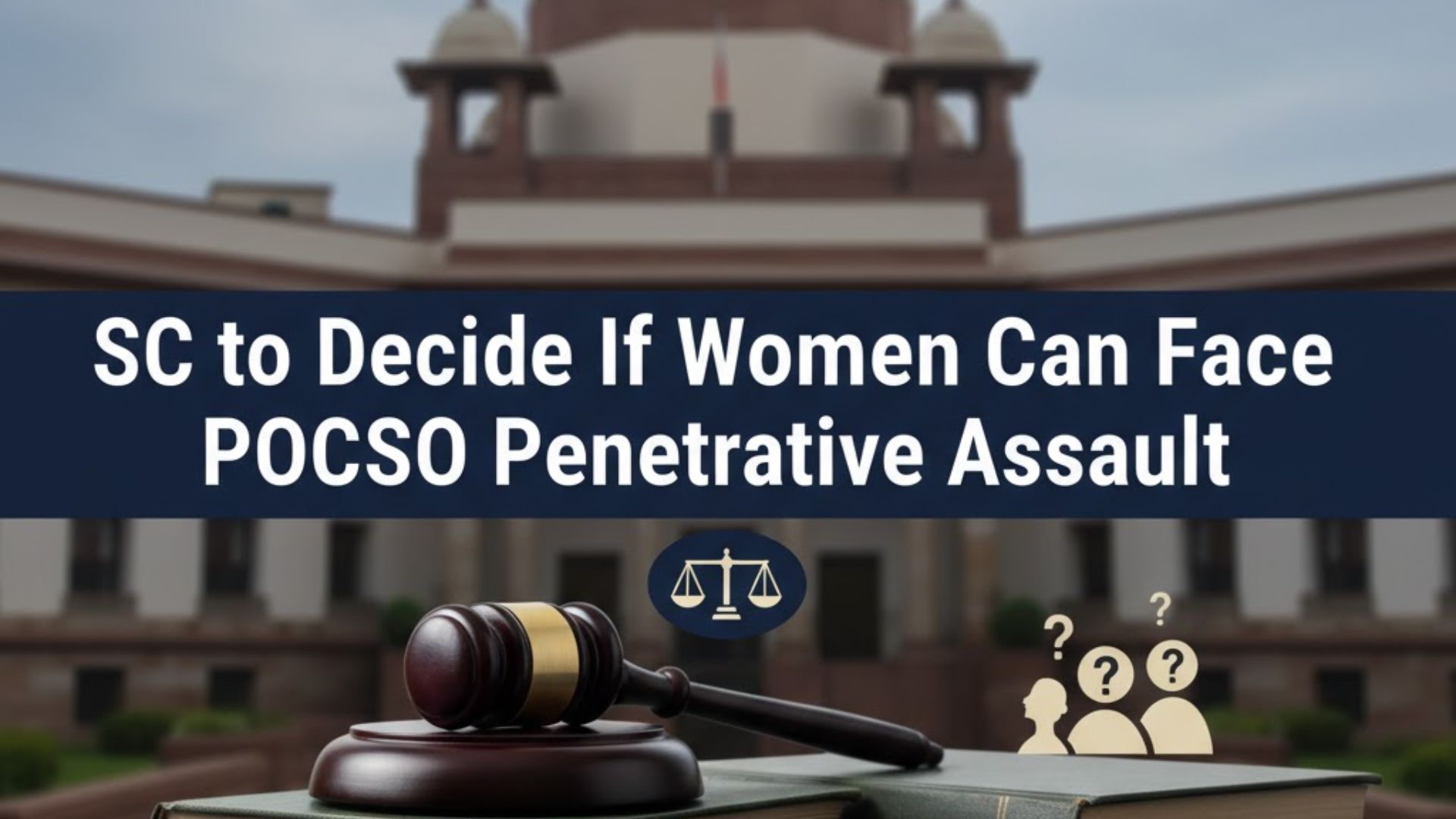K.S. Appa Rao, J.@mdashThis C.M.A is preferred against the order of the Commissioner for Workmen''s Compensation and Asst.
Commissioner of Labour-IV in W.C. No. 11 of 2006 dated 24-01-2008.
2. The counsel for the Appellant mainly urged that the accident was not due to the rash and negligent driving of the driver of the auto and that the
death was not during the employment of the deceased. He further urged that the deceased was not having valid driving license at the time of the
accident. In support of his arguments he placed reliance on a decision reported in Rashida Haroon Kupurade Vs. Div. Manager, Oriental Ins. Co.
Ltd. and Others, wherein the Supreme Court held that the employer is not liable to pay compensation when there is no nexus between death and
accidents. He also relied on decision reported in Malikarjuna G. Hiremath Vs. The Branch Manager, The Oriental Insurance Co. Ltd. and
Another,
3. The counsel appearing for the Respondent while submitting his arguments drawn the attention of the Court to the observation of the lower Court
wherein it has clearly held that the death was during the employment of the deceased and therefore the Insurance Company should pay the
compensation.
4. Now the point for consideration is, whether the order of the lower Court is sustainable?
5. As already stated, it is the contention of the counsel for the Respondent that the deceased had a valid driving license at the time of accident. As
seen from the evidence of P.W.1, the deceased was having driving license and the same is marked as Ex.A.6. A perusal of Ex.A.6 shows that the
deceased was given driving license to drive the vehicles. Against the evidence of P.W.1, none were examined on behalf of the Insurance Company
to rebut the evidence urging that the deceased had no valid driving license. However, in view of the documentary evidence-Ex.A.6 and non-
examination of any witness to falsify the document-Ex.A.6, it remains unrebutted that the deceased was having valid driving license.
6. The next point for consideration is, whether the deceased died while he was in employment and the accident was due to the negligence of the
opposite party?
7. During course of evidence, the applicants filed Exs.A.1 to A.11. Ex.A.1 is the certified copy of the F.I.R; Ex.A.2 is the charge sheet; Ex.A.3 is
the certified copy of inquest report; and Ex.A.4 is the certified copy of post-mortem examination report.
8. On perusal of Exs.A.1 and A.2, the police, after due investigation, filed the charge sheet against the driver of the opposite vehicle for the offence
punishable u/s 302 I.P.C.
9. The evidence of P.W.1 is with regard to the involvement of the deceased who was driver of the auto bearing No. AP 9V 8790 and also the
involvement of the driver of the seven sweater auto bearing No. AP 24U7512. The deceased sustained injuries and succumbed to his injuries in
Gandhi Hospital on the same day of accident while undergoing treatment.
10. As per Ex.A.1-F.I.R and the evidence of P. Ws.1 and 2 is that the deceased, while he was on duty as driver of Auto bearing No. AP 9V
8790, on 23-09-2005 proceeding to Nizampet cross roads at 12.00 noon. When the said auto reached near Ashwini hospital, Kukatpally,
another auto bearing No. AP 24U 7512 came in the opposite direction, suddenly dashed against the auto of the deceased. When the deceased
questioned the driver of the opposite auto the reason for driving the vehicle so rashly and negligently, there was a quarrel between them. In that
quarrel the deceased fell down on the road and sustained head injury. Thereafter succumbed to the injuries in the hospital.
11. The main contention of the counsel for Appellant is that the quarrel was not in the course of employment and it is a private quarrel between the
deceased and the opposite party and it cannot be said that the injuries sustained by the deceased while he was in the course of employment.
Exs.A.1 and A.2 are the crucial documents, which clearly reveals that the deceased died due to attack of the other side auto driver resulting head
injury leading to his death.
12. The counsel for Respondent placed reliance on the decisions reported in Ravindra Singh Negi v. Workmen''s compensation Commissioner,
Chamoli and Ors. 2005 III LLJ 115 and Oriental Insurance Company, Ltd., Chennai v. Santhi and Ors. 2005 (4) L.L.N. 230 The facts stated in
those decisions are not applicable to the present case on hand in view of the clear finding of the police that the death was due to quarrel between
the deceased and the driver of the opposite vehicle.
13. In recent decision reported in Rashida Haroon Kupurade case, the Bench of the Apex Court held that in case, cases falls under Workmen''s
compensation Act for granting compensation, the employer liability was extensively discussed. It has also held that the accident arising within and in
the course of employment and the claimant should prove the nexus between the death and the accident, and if they failed to prove the same,
employer is not liable to pay any compensation. In the present case on hand, it has to be seen whether there is any nexus between the accident and
the death. Admittedly the deceased died due to head injury when he was fallen on the ground due to violent attack by the opposite driver. The
facts noted in the aforesaid decision are squarely applicable to the present case on hand. Further in another decision reported in Malikarjuna G.
Hiremath''s case, the apex Court also held that if there is no sufficient material to connect the death with the rash and negligent driving, the
Insurance Company cannot be fastened with liability. These two decisions of the apex Court amply focussed the doctrine in proving the nexus
between the death and the accident. Therefore the Court below ought not to have awarded any compensation as the deceased auto driver died
due to the quarrel between him and the driver of the seven-sweater auto and not died during the course of employment in view of the clear
admission of P.W.1 coupled with documentary eviedence-Exs.A.1 to A.3 which cuts the root of the defence that deceased died in the course of
employment. So when there is no nexus between the death and the accident, the Insurance Company cannot be fastened with liability. Therefore,
in the totality of the circumstances, the finding of the labour Court that the deceased died while he was on duty as auto driver at the time of
accident cannot be sustained.
14. Accordingly, the Civil Miscellaneous Appeal is allowed. During course of arguments, the counsel for the Appellant submitted that 50% of the
award amount deposited by the Insurance Company was withdrawn. Pursuant to finding while allowing the appeal, the Insurance Company is at
liberty to take recourse for recovery of the said amount which was withdrawn by the claimants/Respondents. There shall be no order as to costs.

